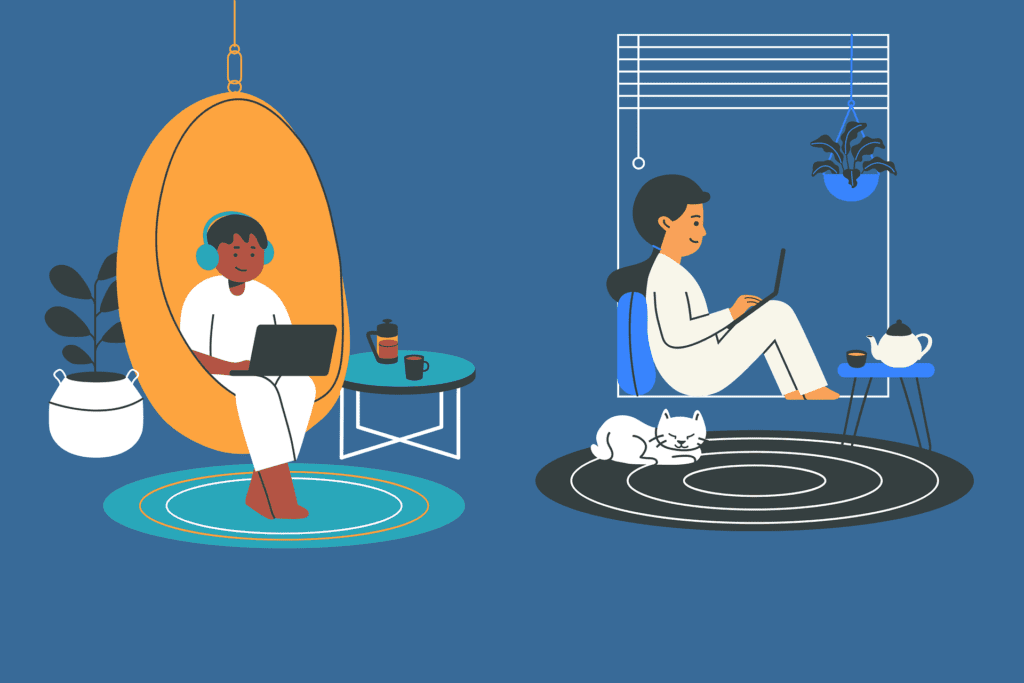What is heutagogy? It is a new futuristic method of teaching which is transformational and game-changing in the field of education. Heutagogy is unique because it is linear and independent formal schooling. It is derived from the Greek word ‘heuriskein’ , a method of teaching that allows students to discover themselves.
This blog talks about what heutagogy is and how heutagogy in education is important.
Principles of heutagogy
The formal education system has a pre-defined model in which the institutes and teachers streamline learning. There is a significant role of the blackboard and other traditional teacher-centered learning processes in schools.
Heutagogy theory is a student-centric self-learning instructional methodology that develops independence, ability, and qualification. It provides lifelong learning to prepare students for new technology and the job domain. Now that we know what is heutagogy, let us understand its principles.
(Suggested: Teaching Methods to Engage Students in Classroom)
1. Self-learning strategy
One of the principles of Heutagogy is self-efficacy which means the learner’s belief in their abilities. Capability demonstrates the acquired competency as well as skills and combines both qualities to create a transformational self-learning strategy.
2. Non-linear learning
Linear learning provides a route map of how to walk on the education method. But heutagogy theory has a strategy that allows students to choose their path in a non-linear learning environment.
3. Learner mechanism
Learner agency is a central strategy of heutagogy in which the student is the immediate agent of their learning. The learner makes every decision about the study, from choosing the topic to ways to use to complete the learning process in heutagogy theory.
They also decide how to execute the learning process and whether they have achieved the learning goals to the extent they have planned.
How can teachers use heutagogy?

What is heutagogy? The definition explains a futuristic knowledge-based strategy where knowing how to learn is the fundamental skill. Teachers can easily apply this theory in the classroom setting. There are many examples of heutagogy and how to implement it for students.
1. Aligning learning purposes
Here, the process of learning is extremely flexible as well as acceptable. Students can select the topic they want to cover for their curriculum, and the teachers align themselves with the learning objectives of individual students.
It is a reverse process of the traditional learning system, with freedom for students so that they can be interested in their studies.
2. Determining learning requirements
Here the teachers and students come together to identify the learning process as well as its outcome. The teaching is learning-centric, which helps the students to decide the topics they want to cover and explore many more they want in their curriculum.
It is a wise decision to create a learning consent with the students and the parents to address all their learning objectives and needs for future reference.
3. Flexible curriculum
To make heutagogy learning a successful strategic development, teachers must ensure the flexibility of the curriculum. The curriculum includes learner’s questions, motivational aspects, and reflection, which redirects as a result of what the students have done.
Students should be able to create a curriculum for themselves under the guidance of the teachers, and they can incorporate their unique necessities.
4. Collaborative learning
As the students have the freedom to choose their curriculum and identify the learning process, this personalization facilitates student empowerment and more student engagement.
There are some initial phases of difficulty while incorporating the heutagogy strategy due to its autonomous nature, which is tough to follow, especially if students are not habituated to taking responsibility for their learning.
Collaboration is an excellent transition between the two phases from dependency to independence. Teachers must comprise teamwork and collaboration in the classroom to activate a smooth transition.
5. Assessing competency
Instructional techniques without any competency test are incomplete; the same goes for the heutagogy strategy. In heutagogy, the students can assess their progress, competency, and skill set by themselves.
They can create assessment tests and examine and analyze their competency after going through that test. They can explore beyond the outcome and become more creative.
Conclusion
So finally we know what is heutagogy. Heutagogy in education helps the students to reach a particular goal while sharing knowledge with their peers and teachers. It makes them independent as well as confident, and ready to achieve their aim. Teachers must collaborate with the students and make them understand the learning responsibility.
Heutagogy can be better implemented with digital technology and is also possible in the virtual platform. So, why wait. Get your virtual platform ready now and start connecting with your students using your own app to teach online. To know more about it, connect with us and talk to our experts now!
What is heutagogy FAQs
A1. It refers to self-determined learning. It is a learner-centric approach to education that emphasizes the development of learner’s capabilities.
A2. While traditional models are teacher-centric, with teachers directing the learning process, this method also places the learner at the center where they decide what and how to learn.
A3. Skills such as critical thinking, problem-solving, self-discipline, and self-motivation.
A4. Transition to self-determined learning can be challenging for some learners. It also requires learners to be active and responsible for their learning, which can be difficult for some.



